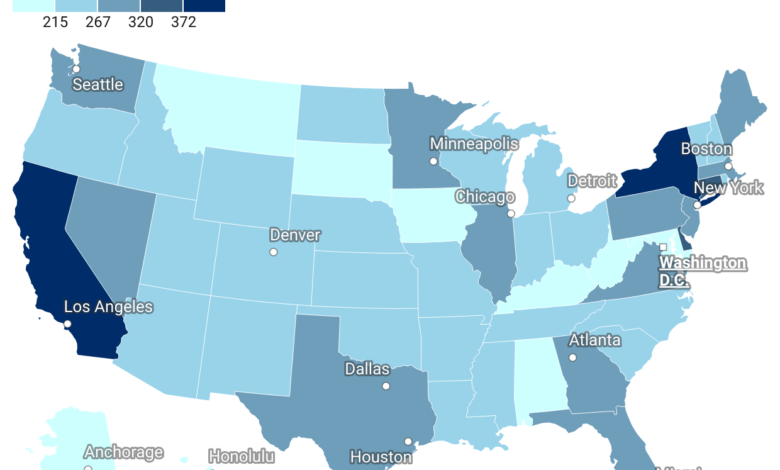Lawyer Fees: Hourly Rates by State and Additional Costs

Financial management can be a challenging area for many lawyers, as it involves balancing cash flow, trust account management, and profitability while handling active cases. However, before addressing these financial tasks, one critical question must be answered: how should you structure your attorney fees?
Establishing an appropriate hourly rate is essential for most law firms, as it serves as the foundation for various fee structures. Even if your firm plans to offer only flat fees, determining those fees requires understanding your hourly rate and estimating the hours needed for different case types. The same principle applies to retainer-based fees, which act as deposits for future hourly work.
For this reason, setting a well-calculated hourly rate should be a top priority for your law firm. It also prepares you to confidently answer the common client question: “How much does a lawyer cost?”
The interactive map below shows the average hourly rates and retainer fees for U.S. lawyers, typical fee arrangements, important factors in setting rates, and practical tips to enhance your firm’s billing system.
What Are Common Fee Arrangements?
The American Bar Association (ABA) recognizes hourly billing as the most common fee structure for attorneys. However, your law firm can take advantage of various other fee arrangements to better serve clients and optimize revenue.
Hourly Fees
Hourly billing directly links your income to the time spent working on a case. If managed effectively, this system allows your law firm to accurately charge clients for the services provided.
Retainer Fees
Retainer fees are based on hourly rates but require clients to pay in advance. This upfront payment serves as a deposit for future legal services.
Contingency Fees
Contingency fees are calculated as a percentage of the compensation awarded in a case. This structure is suitable only for cases with a strong chance of success. If the client does not win or receive a settlement, you do not get paid.
In contingency agreements, you may require clients to cover certain expenses regardless of the case’s outcome. These costs should be clearly outlined in the fee agreement. Additionally, you could use a sliding scale where the fee percentage changes depending on how far the case progresses before reaching a settlement.




